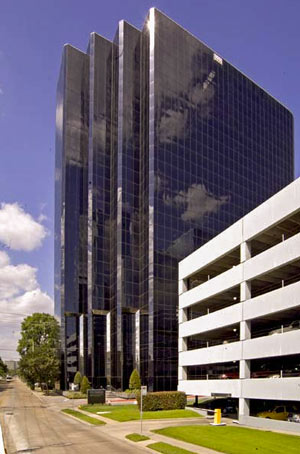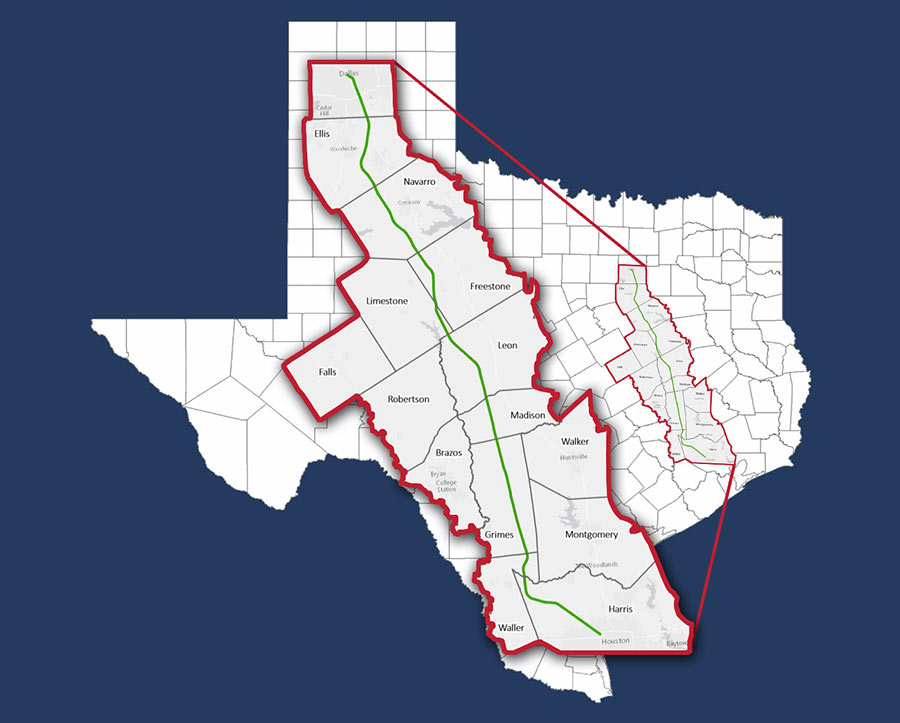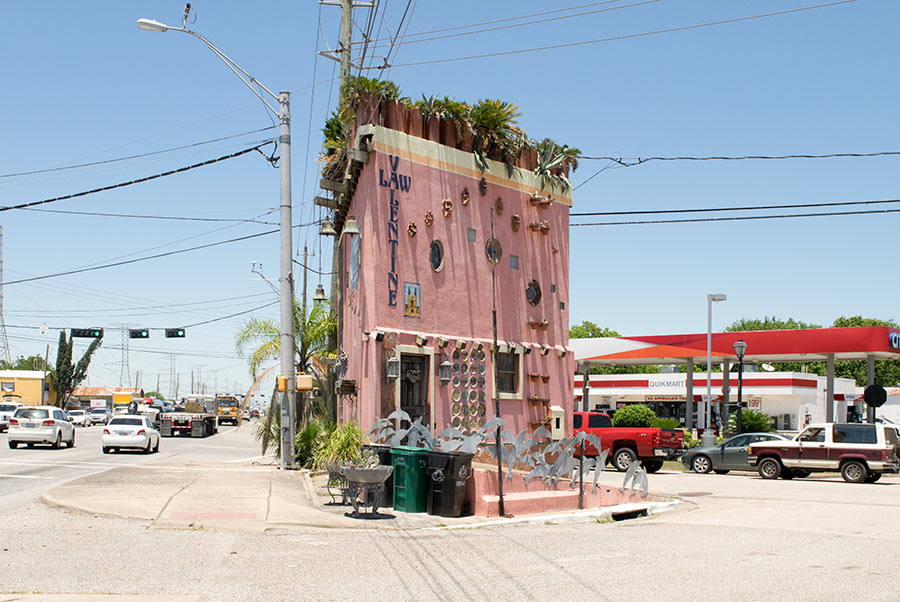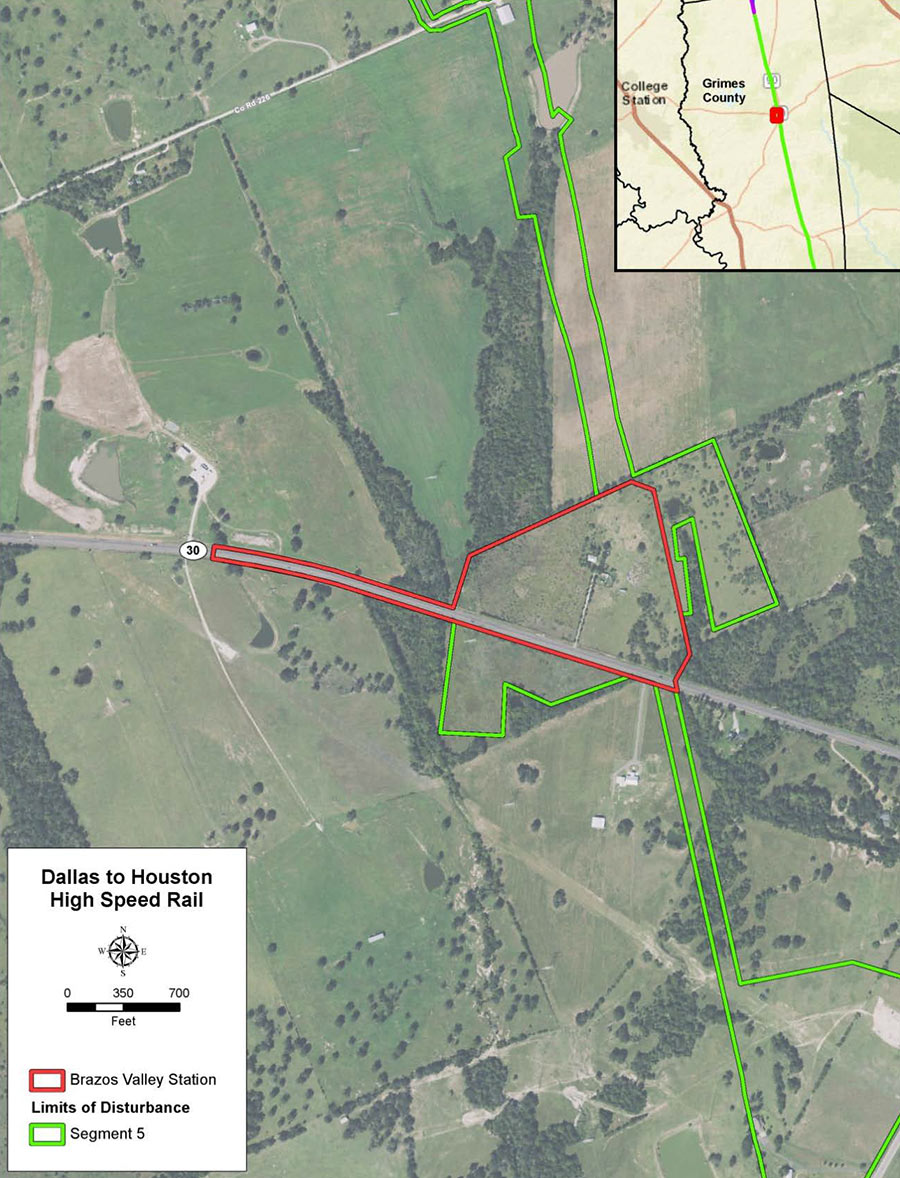WHO SETS THE AGENDA ON HOUSTON TRANSPORTATION?  “Who decides Texans will depend on cars?” asks freshly-former Houston Tomorrow director Jay Crossley this week. Crossley notes that several of the Houston-Galveston Area Council’s meetings in the last few months, which collectively mulled over how to use more than $48 billion for transportation projects in the country’s most racially diverse city, were — as is the norm — “overwhelmingly dominated” by white men. “Why does this matter?” Crossley asks, before answering himself: “In the Houston region, there are still some places where non-Hispanic white people are the majority (at 55 percent) — and that’s everywhere that is more than ten miles from a major job center. It should come as no surprise that those low-density, car-dependent areas claim far more than their share of the region’s transportation projects, and that those projects are disproportionately tilted toward people in cars.” Crossley also notes that while long-term plans for the region call for more mass transit, most of the projects actually getting funding in the short term are still going toward car infrastructure. To change things up, Crossley calls for state and local transportation decisionmaking groups to be more open to “women, people of color, and people whose livelihoods don’t involve real estate or cars.” [Houston Chronicle] Photo of office building at 3555 Timmons Ln., where HGAC monthly public meetings are held: Unilev
“Who decides Texans will depend on cars?” asks freshly-former Houston Tomorrow director Jay Crossley this week. Crossley notes that several of the Houston-Galveston Area Council’s meetings in the last few months, which collectively mulled over how to use more than $48 billion for transportation projects in the country’s most racially diverse city, were — as is the norm — “overwhelmingly dominated” by white men. “Why does this matter?” Crossley asks, before answering himself: “In the Houston region, there are still some places where non-Hispanic white people are the majority (at 55 percent) — and that’s everywhere that is more than ten miles from a major job center. It should come as no surprise that those low-density, car-dependent areas claim far more than their share of the region’s transportation projects, and that those projects are disproportionately tilted toward people in cars.” Crossley also notes that while long-term plans for the region call for more mass transit, most of the projects actually getting funding in the short term are still going toward car infrastructure. To change things up, Crossley calls for state and local transportation decisionmaking groups to be more open to “women, people of color, and people whose livelihoods don’t involve real estate or cars.” [Houston Chronicle] Photo of office building at 3555 Timmons Ln., where HGAC monthly public meetings are held: Unilev





It’s sounds to me like they’re saying owning a car in Houston is racist.
Black cars matter….no wait, ALL cars matter!
Owning a car is not racist. However, the representation on HGAC may be predominantly favoring/prioritizing funding for road projects that mainly benefit upper middle class white neighborhoods. Prioritizing highway spending over public transit also hurts low income workers who have trouble owning a car.
It sounds to me like someone is finally saying what needs to be said. There is more to this city than driving a car around the suburbs.
There is a youtube video out there about a parent complaining that their top ranked school isnt diverse enough and that they needed to bring in low income housing to make sure their kids had a well rounded experience. Crime went up in the school shortly after the inclusion of the low income housing but the parent saw this as a problem with the managers at the school and their lack of diversity. They petitioned and won their argument, so then the Principals were changed out to allow a more diverse atmosphere in leadership. After another year the parent noticed that the school rankings had dropped and that their kid might be better off at the neighboring school that had maintained their 5 star rating. There was just one issue though, this other school wasn’t diverse enough.
Wait. So the high income earners who provide a far greater contribution to the tax base are receiving a greater proportion of the benefits from taxes? I’m supposed to see this as an issue? Get bent.
The difference is obvious when you compare road conditions in wealthier vs. poorer parts of town. There has never been a pothole that lasted longer than 1 day in River Oaks, or in the Memorial area. The streets are clean, smooth, with underground drainage and utilities, and are maintained religiously. Go anywhere else north, east our south of downtown and you will notice quite different conditions. The scarce resources are obviously being funneled to certain areas disproportionately.
@Mr T – Not everything in life can or should be bought with money. Just because one set of people pays more, does not entitle it to better access to a public resource. The poor people who don’t pay as much in taxes are the ones staffing the government agencies that create the protections offered to the wealthy (police, fire, public works, sanitation, et al.). Some of them pay for it with their general safety/health, not with their wallets.
Superdave clearly doesn’t drive down West Alabama. Any Houston street that carries regular bus traffic will have potholes. They are a fact of life here.
It should come as no surprise to anybody that the squeaky wheel gets the grease. Anywhere that there is a population which has a general attitude that reflects a sense of disenfranchisement, yeah there’s going to be crappy stuff all around them. By contrast, look at what River Oaks gets and indeed also look at what goes on in the Heights.
.
But then…we’re talking about TXDoT allocations, not repairs to City streets or expansions of METRO transit service. So, when we see that there’s a lot of expenditure in places out on the peripheries of a region which is primarily served by municipalities and transit agencies and special districts that are separately-chartered by the State…well, that model may not be perfect, but such as it is described, the circumstances about State appropriations aren’t necessarily absurd on the face of it.
.
OTOH, the issue of representation is certainly salient. Nobody should ever be entirely happy about gerrymandering. Rather, it should be a source of unrelenting cynicism. Geography and mathematics suggest that there’s no such thing as equity on this issue.
http://www.citymetric.com/politics/what-works-men-doesn-t-work-everyone-why-cities-need-start-planning-women-mind-2123?utm_content=buffer0065e&utm_medium=social&utm_source=facebook.com&utm_campaign=buffer
Here’s the problem: most the non-white, non-men, who could potentially be those decision makers, won’t change those decisions. They have been working for the opportunity to buy that car and move to a nice suburb with good schools and do so as soon as they are able. Same goes with the lack of diversity of gentrification. The folks that would provide the diversity aren’t moving back in the neighborhood that they worked so hard and dreamt about leaving.